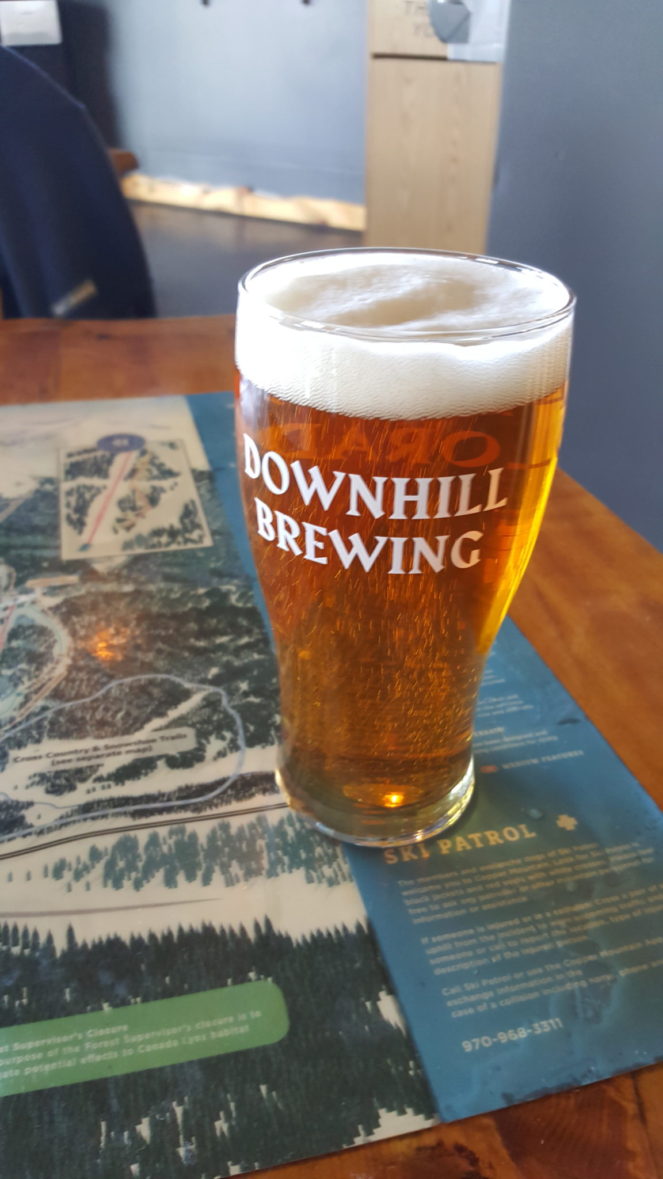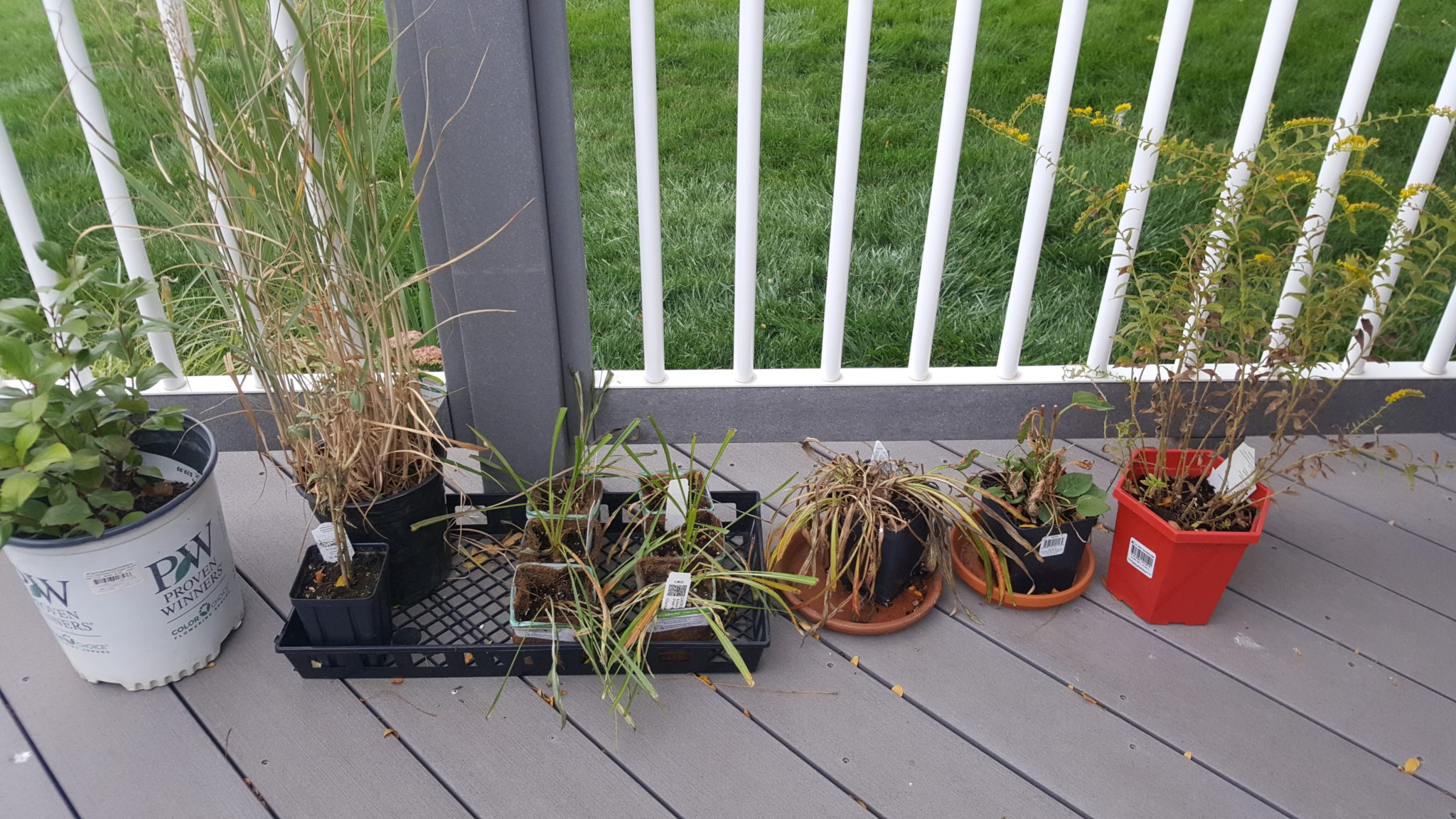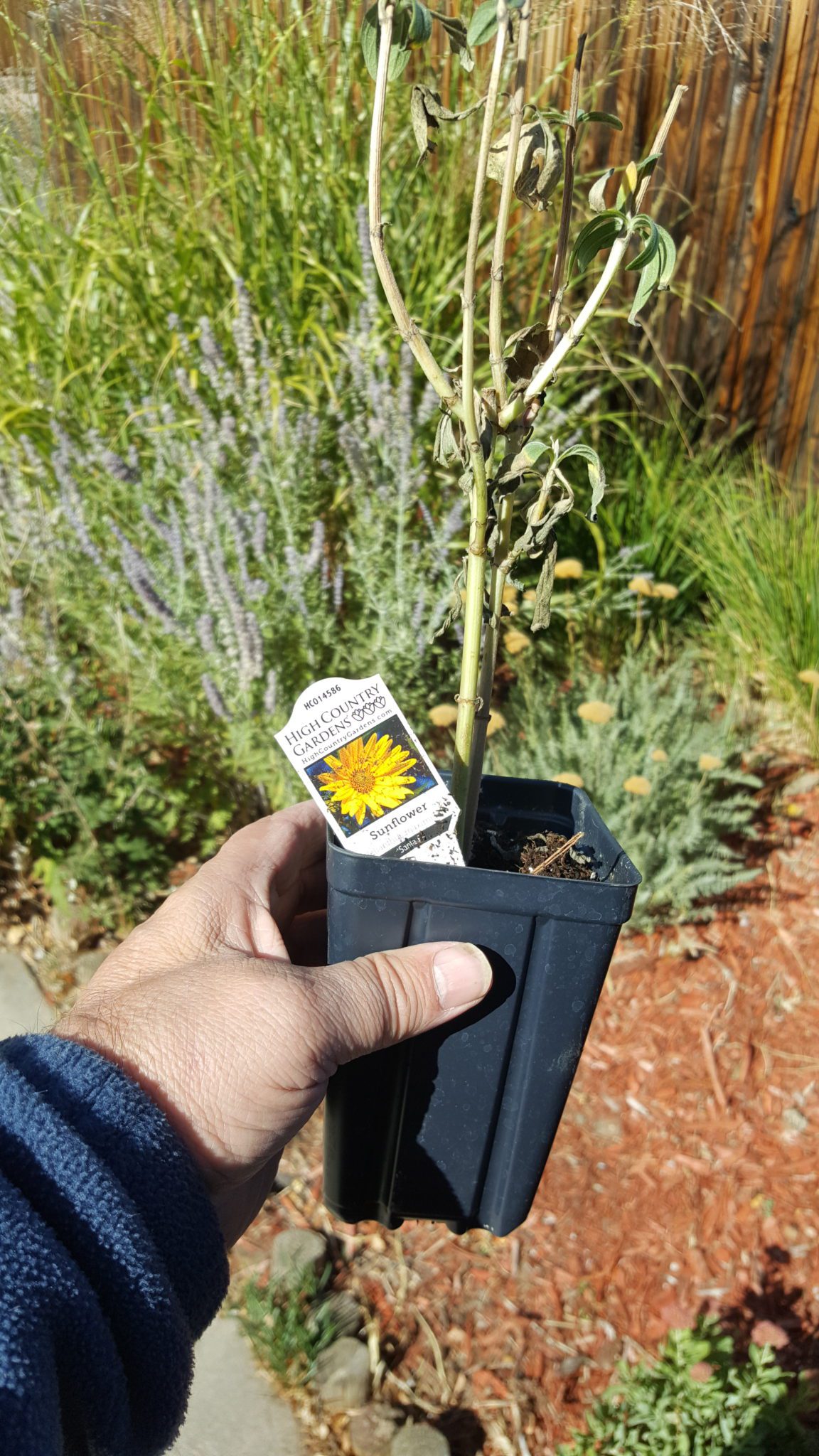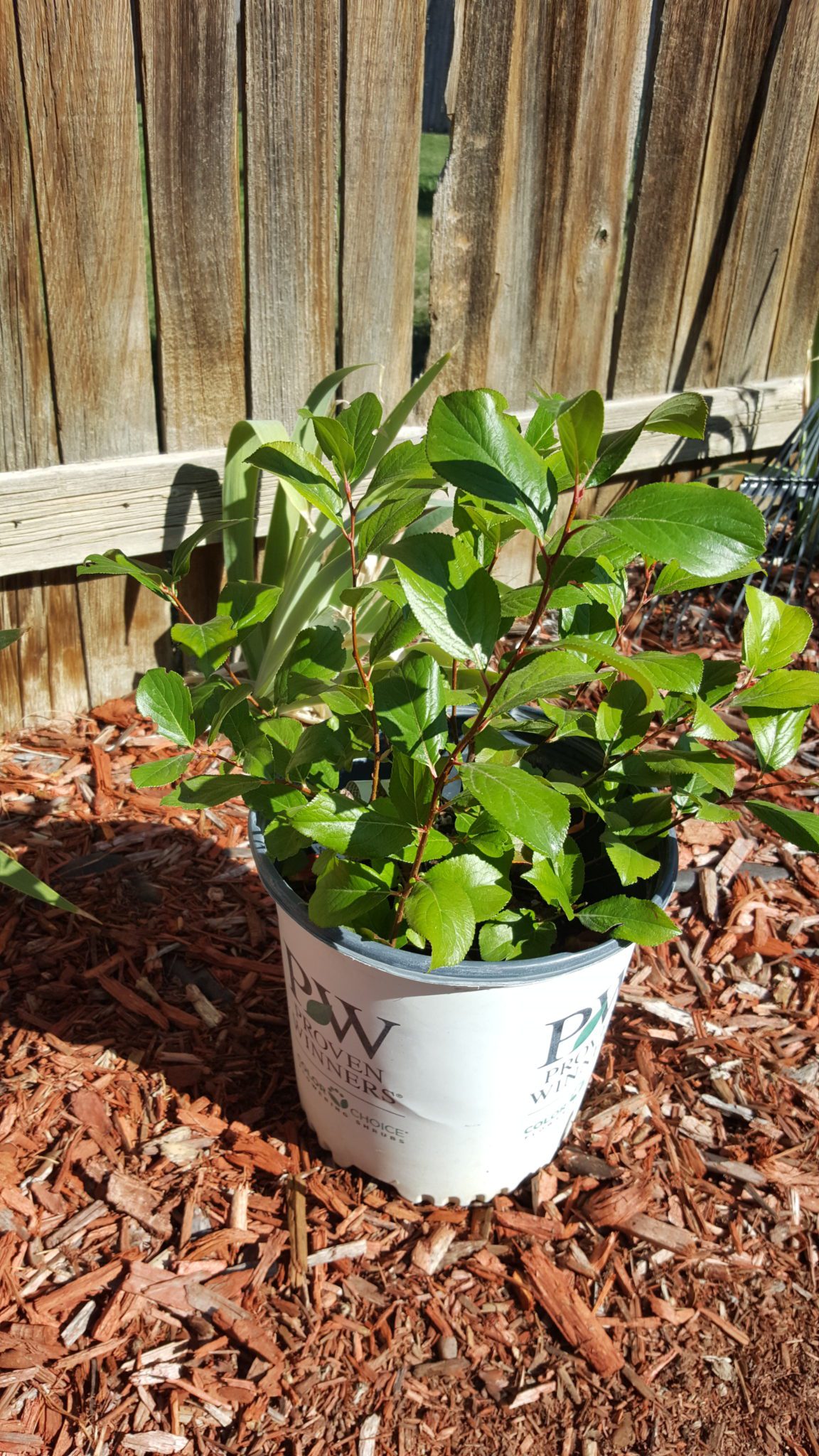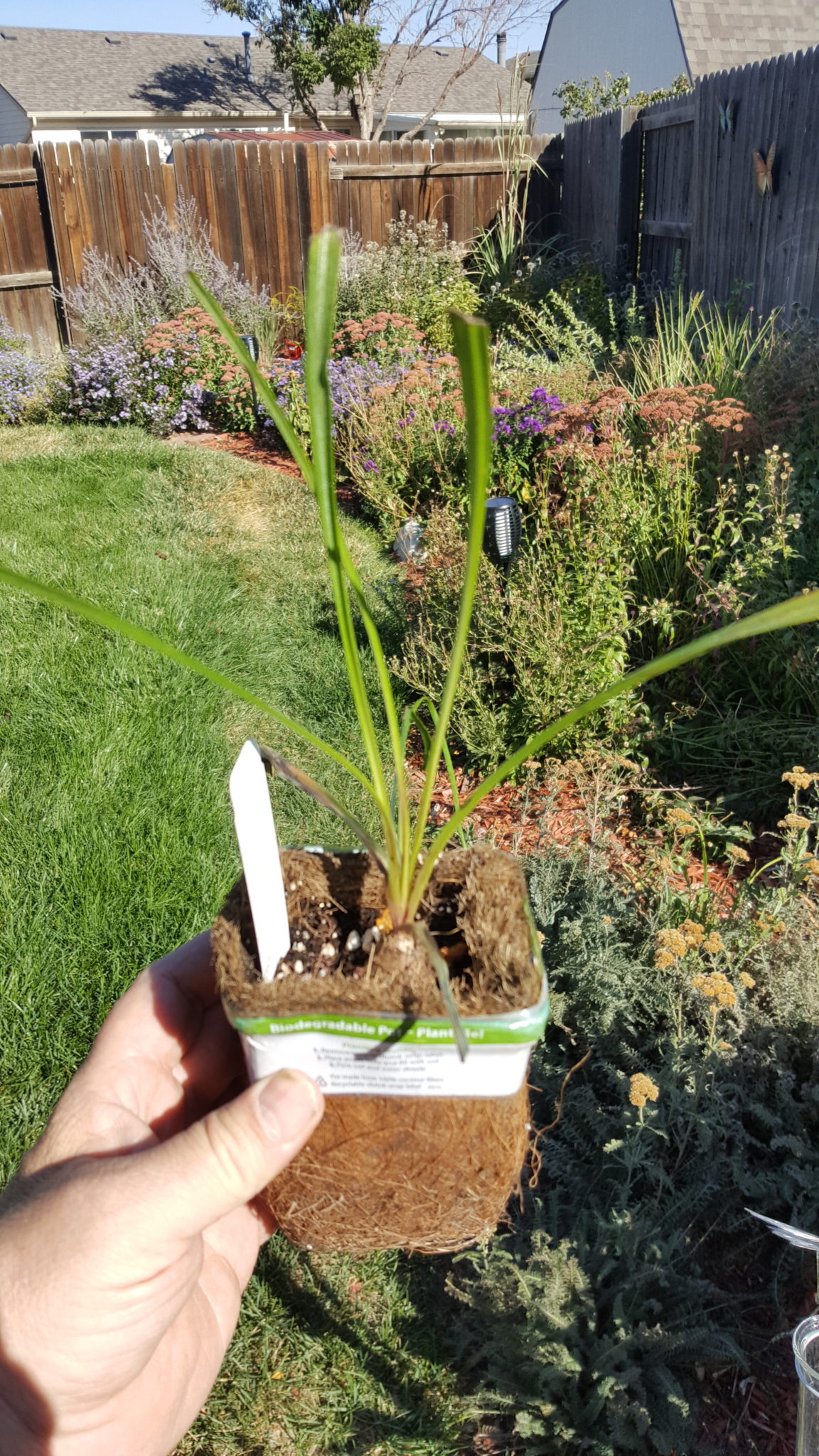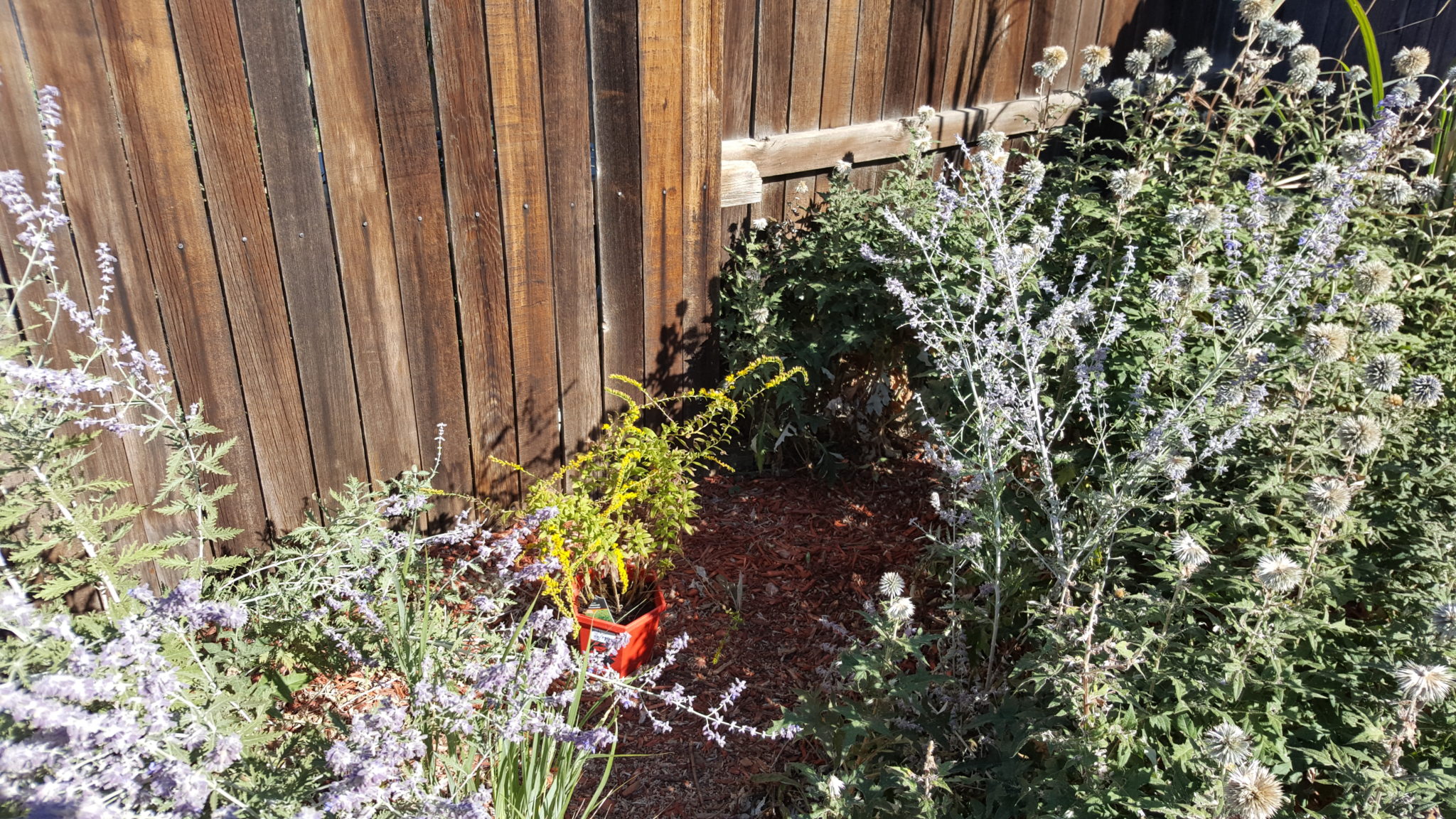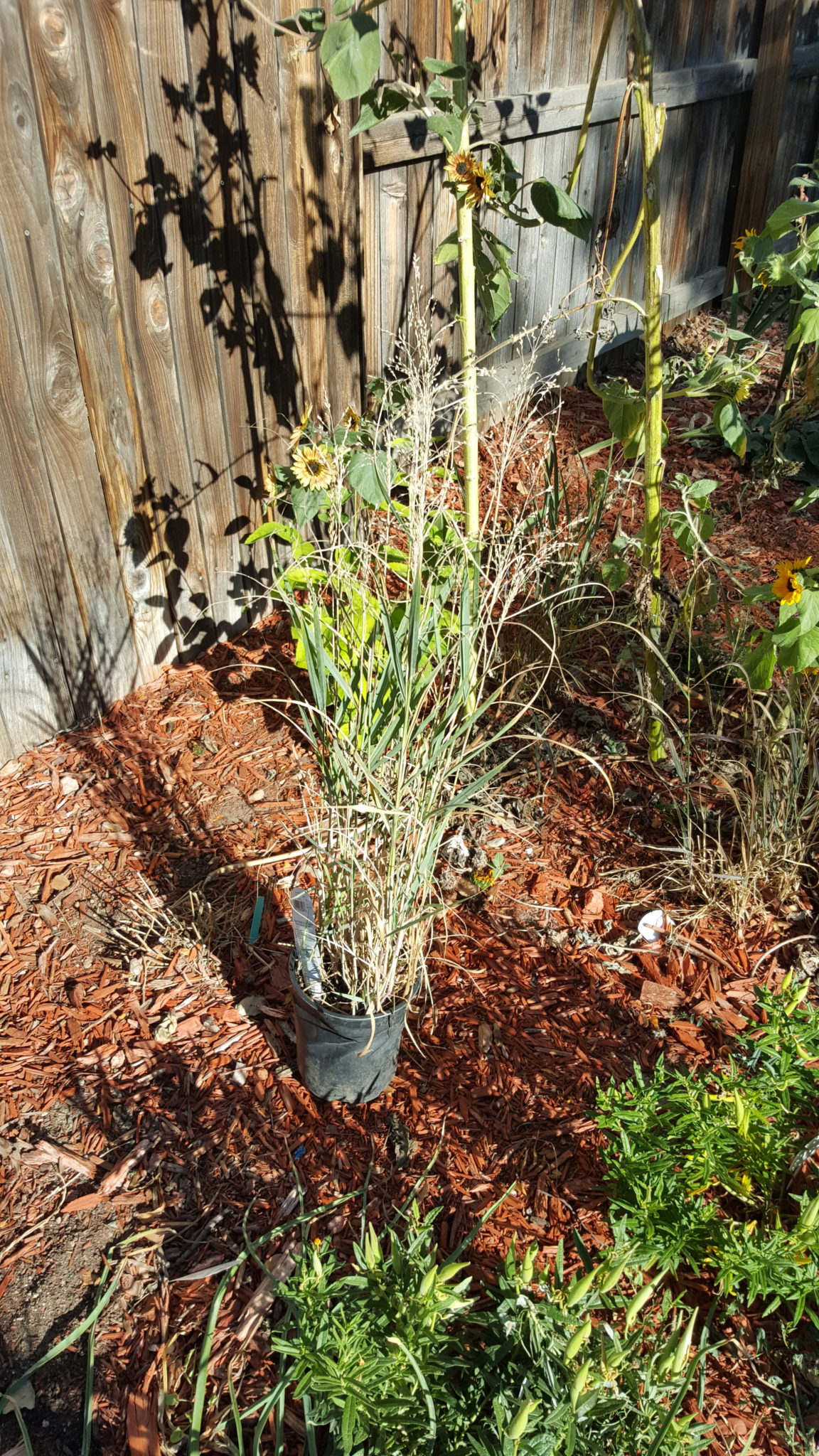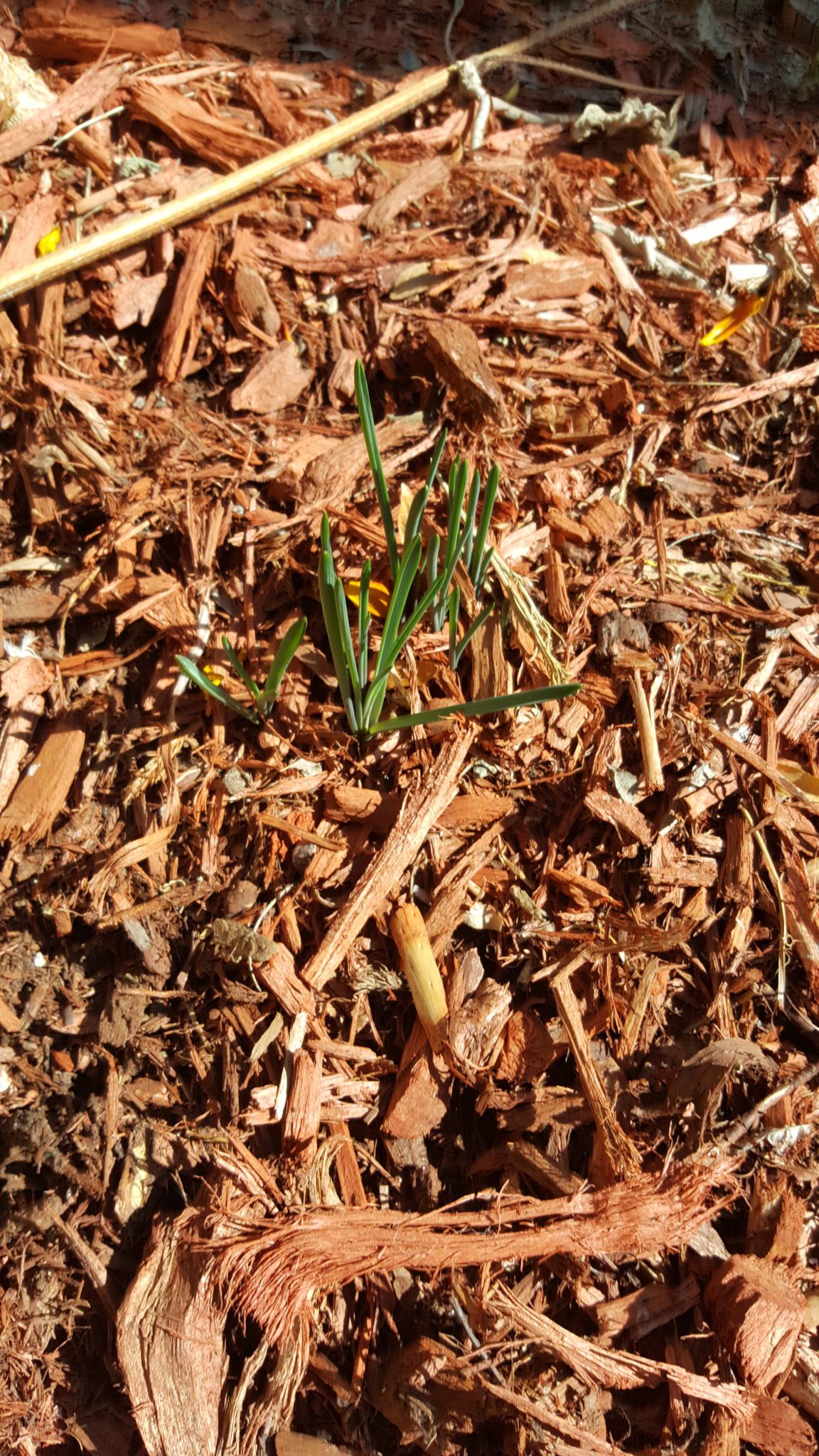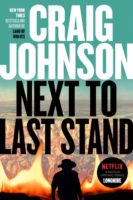
I finished Craig Johnson’s latest Walt Longmire mystery, Next to Last Stand, in less than a day! It was a very good read, definitely more like the Longmire mysteries of yore. Though to be honest, the mystery itself really wasn’t much of a mystery. I’d figured it out several chapters before the big reveal.
But that’s alright by me. Stand was tightly written and the characters are just plain fun to hang with. Especially with the introduction of the four military veterans, residents of the local veteran’s assisted living facility who are known collectively as “the Wavers”. These guys are a hoot, and integral to the plot.
There was a 5th “Waver”, and his death by apparent heart attack is where the mystery gets rolling. Throw in a shoebox full of lots of money, a painting that was destroyed by a fire in the 1940s, an eccentric and shady art “dealer”, a possible Russian oligarch and a beautiful and enigmatic blonde woman and you’ve got yourself a regular rural-noir whodunnit.
While this is book 16 in the Longmire series, this is a stand alone story and so you don’t need to read the first fifteen to understand what is going on.
It appears to me that with Next to Last Stand, Craig Johnson is giving his readers a heads-up that he may be bringing the Longmire mystery series to a close. There are several times where another character asks Walt if he plans to run for sheriff again, and he is rather non-committal.
Which makes sense. Having read all of the Longmire books and knowing his back story, I put Walt’s age as somewhere in his mid-70’s, old enough to be part of the “Wavers” crew (Walt is a Vietnam vet). He’s not getting too old for his adventures, he’s well past old enough to hang up his spurs.
Heck, even the title of this book might be construed as foreshadowing.
Next to Last Stand is a fun and excellent read, and harkens back to earlier and better Longmire mysteries. Well worth your time and money.

